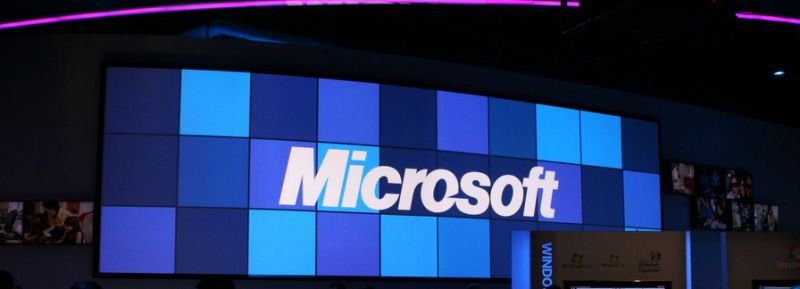

Microsoft’s next dividend payment will be US$0.46 per share, on the back of last year when the company paid a total of US$1.84 to shareholders. Based on the last year’s worth of payments, Microsoft stock has a trailing yield of around 1.3% on the current share price of $138.89. Dividends are an important source of income to many shareholders, but the health of the business is crucial to maintaining those dividends. We need to see whether the dividend is covered by earnings and if it’s growing.
<p class="canvas-atom canvas-text Mb(1.0em) Mb(0)–sm Mt(0.8em)–sm" type="text" content=" Check out our latest analysis for Microsoft ” data-reactid=”20″> Check out our latest analysis for Microsoft
Dividends are typically paid from company earnings. If a company pays more in dividends than it earned in profit, then the dividend could be unsustainable. Microsoft paid out a comfortable 36% of its profit last year. Yet cash flows are even more important than profits for assessing a dividend, so we need to see if the company generated enough cash to pay its distribution. It distributed 36% of its free cash flow as dividends, a comfortable payout level for most companies.
It’s encouraging to see that the dividend is covered by both profit and cash flow. This generally suggests the dividend is sustainable, as long as earnings don’t drop precipitously.
<p class="canvas-atom canvas-text Mb(1.0em) Mb(0)–sm Mt(0.8em)–sm" type="text" content="Click here to see the company’s payout ratio, plus analyst estimates of its future dividends.” data-reactid=”23″>Click here to see the company’s payout ratio, plus analyst estimates of its future dividends.


Have Earnings And Dividends Been Growing?
Companies with consistently growing earnings per share generally make the best dividend stocks, as they usually find it easier to grow dividends per share. If earnings fall far enough, the company could be forced to cut its dividend. Fortunately for readers, Microsoft’s earnings per share have been growing at 14% a year for the past five years. Earnings per share are growing rapidly and the company is keeping more than half of its earnings within the business; an attractive combination which could suggest the company is focused on reinvesting to grow earnings further. This will make it easier to fund future growth efforts and we think this is an attractive combination – plus the dividend can always be increased later.
Many investors will assess a company’s dividend performance by evaluating how much the dividend payments have changed over time. Since the start of our data, 10 years ago, Microsoft has lifted its dividend by approximately 13% a year on average. It’s exciting to see that both earnings and dividends per share have grown rapidly over the past few years.
To Sum It Up
Should investors buy Microsoft for the upcoming dividend? We love that Microsoft is growing earnings per share while simultaneously paying out a low percentage of both its earnings and cash flow. These characteristics suggest the company is reinvesting in growing its business, while the conservative payout ratio also implies a reduced risk of the dividend being cut in the future. Microsoft looks solid on this analysis overall, and we’d definitely consider investigating it more closely.








